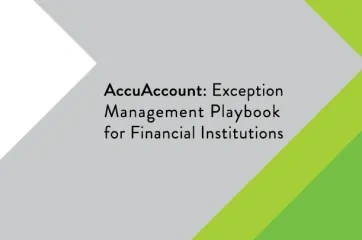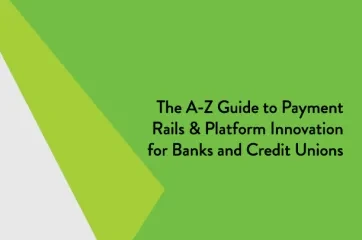Loan administration is a broad topic in banking that involves determining loan eligibility, tracking loan documentation, and generating reports. Typically, a loan administrator is part of the loan operations team and supports or oversees the financial institution’s loan administration processes. Loan administration processes and workflows vary based on the footprint of the bank and the technology each financial institution uses to support these duties.
General Loan Administration Tasks
Following sound loan administration practices contributes to a financial institution’s safety and soundness throughout the life of each loan.
Upfront: Loan administrators may be part of committees that decide which loan applications will be approved. At a minimum, loan administrators inspect submitted documentation to ensure that compliance and risk mitigation requirements are being met.
Ongoing: Loan administration teams also oversee ongoing follow-up activities, such as verifying that a borrower is maintaining proper coverage on collateral and renewing UCC filings every five years.
General reporting: Loan administrators support risk mitigation by providing timely reports to appropriate employees for further action. This includes concentration reports and past-due reports. Ticklers are commonly used to track and report on missing and past-due items.
Variations in Loan Administration
Loan administration functions can vary from one institution to another, especially when a bank or credit union’s asset size and technology stack are considered.
For example, if a financial institution has very many branches, its loan administration process might be less centralized compared to a $50 million institution with only one branch. Banks and credit unions also use a wide variety of technology to help manage loan administration, which influences the amount of time-consuming work that must be done. Paper file folders, electronic spreadsheets, and core-built and third-party apps—including AccuAccount—are common choices by banks and credit unions.
Loan Administration Resources
For more information about loan administration best practices, be sure to check out our extensive resource library with free spreadsheets, whitepapers, and eBooks.
You can also browse our banking definitions page for more terminology.







